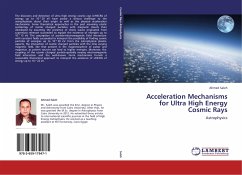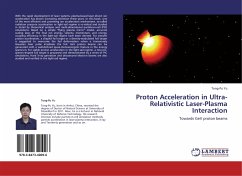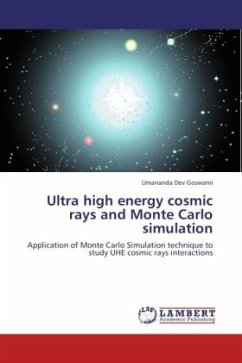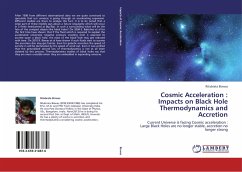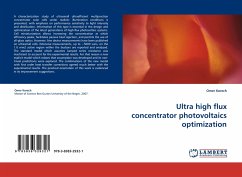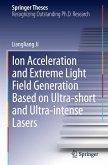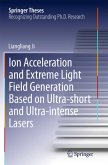The discovery and detection of ultra high energy cosmic rays (UHECRs) of energy up to 10^20 eV have posed a serious challenge to the astrophysicists about their origin as well as the physical acceleration mechanisms. Some theoretical approaches in the past assuming elastic scatterings of cosmic charged particles with magnetic clouds then developed by assuming the presence of shock waves originated from supernova remnant succeeded to explain the existence of energies up to 10^15 eV. The assumption of particle-electromagnetic field interaction with constant fields succeeded to interpret the possibility of finding cosmic particles of energies up to 10^20 eV. From the astrophysical plasma aspects, the interaction of cosmic charged particles with the time varying magnetic field, like that present in the magnetosphere of pulsar and magnetar, as potent sources can lead to higher energies. Moreover, the coupling of the cosmic charged particle-spatially varying electromagnetic field interaction and the well-known Fermi mechanisms furnish a reasonable theoretical approach to interpret the existence of UHECRs of energy up to 10^22 eV.
Bitte wählen Sie Ihr Anliegen aus.
Rechnungen
Retourenschein anfordern
Bestellstatus
Storno

